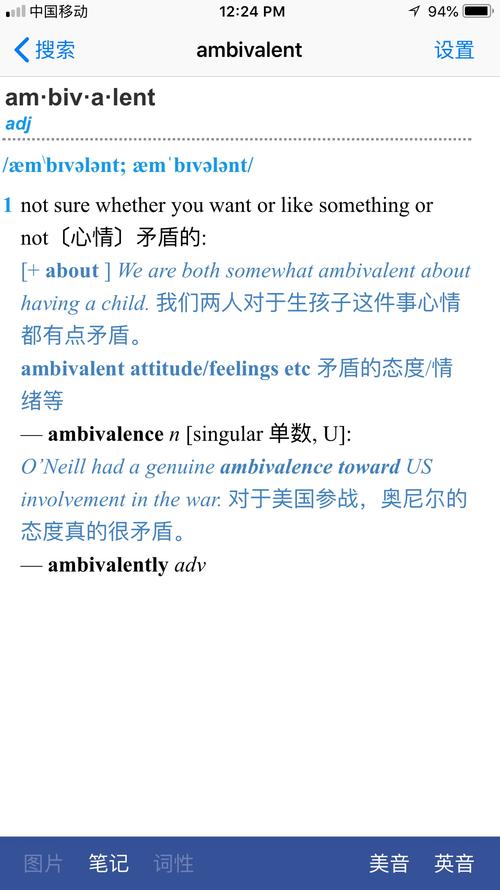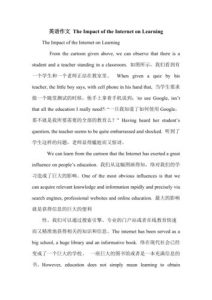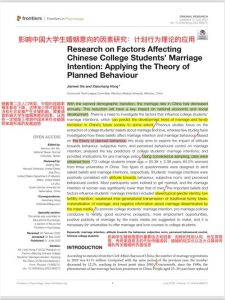Tone and Mood: A Detailed Exploration
Understanding the nuances of tone and mood is essential in the realm of literature, communication, and even everyday interactions. Tone refers to the attitude or feeling conveyed by the writer or speaker, while mood is the overall atmosphere or emotional state created by the text. By delving into these concepts, you can gain a deeper appreciation for the art of storytelling and communication.
What is Tone?
Tone is the writer’s or speaker’s attitude towards the subject matter, audience, or themselves. It can be conveyed through various means, such as word choice, sentence structure, and punctuation. Here are some common tones:
| Tone | Description |
|---|---|
| Formal | Used in professional settings, formal tone is respectful and objective. |
| Informal | Informal tone is casual and friendly, often used in personal conversations. |
| Humorous | Humorous tone is light-hearted and often uses sarcasm or wit. |
| Sarcastic | Sarcastic tone is used to convey irony or disbelief, often with a tone of voice that emphasizes the sarcasm. |
| Angry | Angry tone is used to express frustration or annoyance. |
| Enthusiastic | Enthusiastic tone is used to convey excitement or passion. |
What is Mood?

Mood is the emotional atmosphere created by a text. It can be conveyed through the use of descriptive language, imagery, and symbolism. Here are some common moods:
| Mood | Description |
|---|---|
| Happy | Happy mood is characterized by positive emotions and a cheerful atmosphere. |
| Sad | Sad mood is characterized by negative emotions and a gloomy atmosphere. |
| Scary | Scary mood is characterized by suspense and fear. |
| Relaxed | Relaxed mood is characterized by calmness and ease. |
| Excited | Excited mood is characterized by enthusiasm and energy. |
| Reflective | Reflective mood is characterized by introspection and contemplation. |
Let’s take a look at some examples to better understand the difference between tone and mood:
Example 1: “The sun was shining brightly, and the birds were chirping melodiously.”
In this sentence, the mood is happy, as the imagery of the sun shining and birds chirping creates a cheerful atmosphere. The tone, however, is not explicitly stated.
Example 2: “I can’t believe you did that. How could you be so thoughtless?”
In this sentence, the mood is angry, as the use of words like “can’t believe” and “thoughtless” convey frustration. The tone is also angry, as the speaker’s attitude towards the subject is clearly expressed.
Understanding Tone and Mood in Literature

In literature, tone and mood play a crucial role in shaping the reader’s experience. A skilled writer can use these elements to create a powerful impact on the reader. Here are some ways in which tone and mood are used in literature:
-
Setting the stage for the story: The tone and mood of a story can set the stage for the events that unfold. For example, a mysterious and eerie mood can create a sense of suspense, while a cheerful and
About The Author





